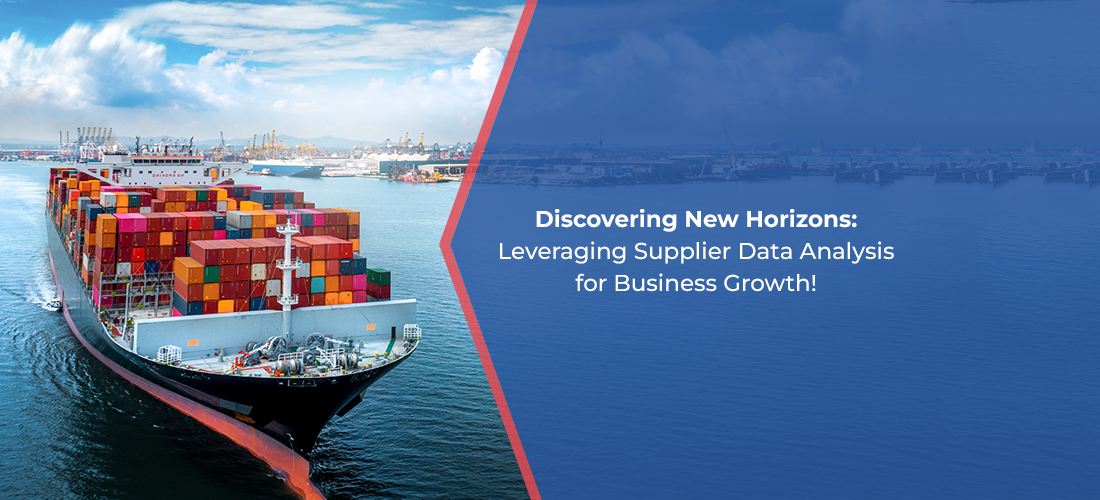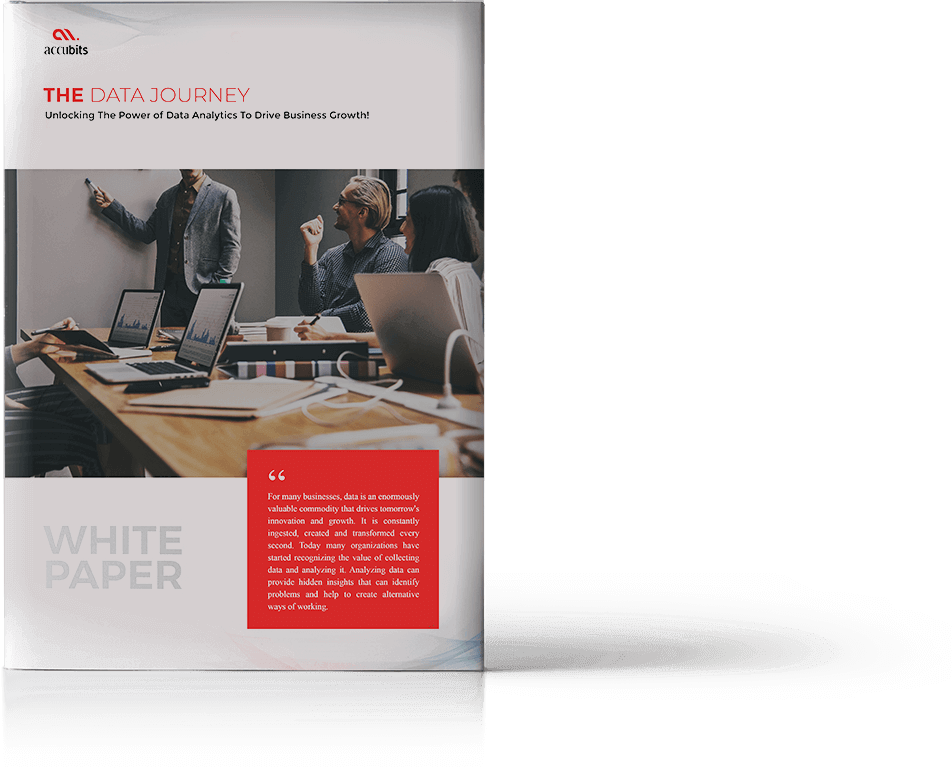Analyze This Unlocking The Power Of Data Analysis For Business Growth
Listen up, folks. In today's fast-paced world, data is not just a buzzword; it's the backbone of smart decision-making. Businesses are drowning in a sea of information, but only those who know how to swim will survive. If you're looking to unlock the true potential of data analysis for business growth, you're in the right place. This ain't no ordinary guide—it’s your roadmap to turning raw numbers into actionable insights.
Data analysis isn't just about crunching numbers anymore. It's about understanding the story behind the numbers and using that story to drive your business forward. Whether you're a small startup or a Fortune 500 company, the power of data can help you scale, optimize, and thrive. And guess what? You don’t need a PhD in statistics to get started. All you need is the right mindset and the right tools.
But here's the deal: not everyone gets it. A lot of businesses are still stuck in old-school ways of thinking. They’re relying on gut feelings instead of hard data, and let me tell you, that’s a recipe for disaster. In this article, we're going to break down everything you need to know about data analysis and how it can fuel your business growth. So grab a cup of coffee, and let's dive in.
Read also:Who Is Toby Keiths Wife Meet Tracy Keith
Table of Contents:
- What is Data Analysis?
- Why Data Analysis Matters for Business Growth
- Types of Data Analysis Techniques
- Top Tools for Data Analysis
- Effective Data Collection Methods
- Common Challenges in Data Analysis
- Making Data-Driven Decisions
- Real-World Case Studies
- The Future of Data Analysis
- Wrapping It Up
What is Data Analysis?
Alright, let's start with the basics. Data analysis is the process of inspecting, cleaning, transforming, and modeling data to discover useful information, draw conclusions, and support decision-making. Think of it like a detective solving a mystery. You gather clues (data), analyze them, and piece together the story. But instead of catching bad guys, you're uncovering opportunities for growth.
Data analysis can take many forms, from simple calculations to complex algorithms. The goal is always the same: to turn raw data into insights that drive business success. And trust me, this isn't just for tech companies. Every industry, from retail to healthcare, can benefit from harnessing the power of data.
Why Businesses Need Data Analysis
Here's the thing: businesses that ignore data analysis are like ships without a compass. They might be moving, but they have no idea where they're going. Data analysis gives you direction. It helps you identify trends, predict outcomes, and make smarter decisions.
Why Data Analysis Matters for Business Growth
Now, let's talk about why data analysis is crucial for business growth. In a world where competition is fierce, having a data-driven strategy can be the difference between success and failure. Businesses that leverage data analysis can:
- Identify customer preferences and tailor their offerings accordingly.
- Predict market trends and stay ahead of the competition.
- Optimize operations and reduce costs.
- Improve customer satisfaction and loyalty.
- Make informed decisions based on facts, not guesses.
And let's not forget about scalability. Data analysis allows businesses to scale efficiently by identifying growth opportunities and addressing potential bottlenecks. It's like having a crystal ball that shows you the future of your business.
Read also:Big Ed The Ultimate Guide To Understanding His Impact And Legacy
Types of Data Analysis Techniques
Not all data analysis is created equal. There are several types of data analysis techniques, each with its own strengths and applications. Here are the most common ones:
Descriptive Analysis
This is the simplest form of data analysis. It involves summarizing past data to understand what happened. Think of it as looking in the rearview mirror. Descriptive analysis helps businesses identify patterns and trends in historical data.
Diagnostic Analysis
Once you know what happened, the next step is figuring out why it happened. That's where diagnostic analysis comes in. It helps businesses drill down into the root causes of certain outcomes.
Predictive Analysis
Predictive analysis uses historical data to forecast future outcomes. It's like looking through a telescope to see what's coming. This technique is especially useful for sales forecasting, risk assessment, and customer retention.
Prescriptive Analysis
Finally, prescriptive analysis goes a step further by suggesting actions to take based on the analysis. It's like having a personal advisor who tells you exactly what to do. This technique is often used in areas like supply chain management and resource allocation.
Top Tools for Data Analysis
Having the right tools is essential for effective data analysis. Here are some of the top tools that businesses use:
- Excel: The classic spreadsheet tool that’s perfect for basic data analysis.
- Tableau: A powerful data visualization tool that makes it easy to create interactive dashboards.
- Power BI: Microsoft’s business analytics service that provides interactive visualizations and business intelligence capabilities.
- Python: A versatile programming language that’s widely used for data analysis and machine learning.
- R: Another popular programming language for statistical analysis and data visualization.
Choosing the right tool depends on your specific needs and budget. Some tools are free, while others require a significant investment. But don’t worry, there’s something for everyone.
Effective Data Collection Methods
Data analysis starts with data collection. Without good data, even the best tools won’t help you. Here are some effective data collection methods:
Surveys and Questionnaires
Surveys are a great way to gather customer feedback and preferences. They can be conducted online or offline, depending on your target audience.
Web Analytics
Tools like Google Analytics provide valuable insights into website traffic, user behavior, and conversion rates. They’re essential for digital marketing efforts.
Social Media Monitoring
Monitoring social media platforms can help you understand what people are saying about your brand. It’s also a great way to track industry trends and competitor activity.
Point-of-Sale (POS) Systems
For retail businesses, POS systems are a goldmine of data. They can track sales, inventory levels, and customer purchasing behavior.
Common Challenges in Data Analysis
While data analysis offers many benefits, it’s not without its challenges. Here are some common hurdles businesses face:
- Data Quality: Poor-quality data can lead to inaccurate insights. It’s important to ensure that your data is clean and reliable.
- Data Overload: With so much data available, it’s easy to get overwhelmed. Businesses need to focus on the most relevant data for their goals.
- Skills Gap: Many businesses struggle to find employees with the necessary data analysis skills. Investing in training and development can help bridge this gap.
Overcoming these challenges requires a combination of the right tools, processes, and people. It’s not always easy, but the rewards are well worth it.
Making Data-Driven Decisions
Data-driven decision-making is the ultimate goal of data analysis. Instead of relying on intuition or guesswork, businesses can make informed decisions based on solid data. Here’s how:
Set Clear Objectives
Before diving into data analysis, it’s important to define your objectives. What do you want to achieve? Whether it’s increasing sales, improving customer satisfaction, or reducing costs, having clear goals will guide your analysis.
Use Visualizations
Data visualizations make complex data easier to understand. Tools like Tableau and Power BI allow you to create interactive dashboards that provide real-time insights.
Test and Iterate
Data analysis is an ongoing process. Don’t be afraid to test different approaches and refine your strategies based on the results. The more you learn, the better your decisions will be.
Real-World Case Studies
Let’s look at some real-world examples of businesses that have successfully used data analysis to drive growth:
Amazon
Amazon is a master of data analysis. They use customer data to personalize recommendations, optimize pricing, and improve logistics. Their data-driven approach has helped them become the world’s largest online retailer.
Netflix
Netflix uses data analysis to understand viewer preferences and tailor content accordingly. Their recommendation engine is so effective that it accounts for 80% of the shows people watch.
Uber
Uber relies on data analysis to optimize pricing, match drivers with passengers, and improve the overall user experience. Their use of real-time data has revolutionized the transportation industry.
The Future of Data Analysis
So, what does the future hold for data analysis? With advancements in AI and machine learning, the possibilities are endless. Businesses will be able to process even larger datasets and gain deeper insights faster than ever before. Here are some trends to watch:
- Automated Analytics: AI-powered tools will automate many aspects of data analysis, freeing up human analysts to focus on more strategic tasks.
- Edge Computing: As more devices become connected, edge computing will allow businesses to analyze data in real-time at the source.
- Augmented Analytics: This combines AI and machine learning to enhance data analysis capabilities, making it more accessible to non-technical users.
The future of data analysis is bright, and businesses that embrace these trends will have a competitive edge.
Wrapping It Up
There you have it, folks. Data analysis is no longer a nice-to-have; it’s a must-have for any business looking to grow and thrive in today’s competitive landscape. By understanding the power of data and leveraging the right tools and techniques, you can unlock insights that drive business success.
So, what are you waiting for? Start analyzing your data today. And don’t forget to share your thoughts in the comments below. Do you have any tips or tricks for effective data analysis? Let’s keep the conversation going. Because at the end of the day, it’s all about turning data into action. And that’s something we can all get behind.


